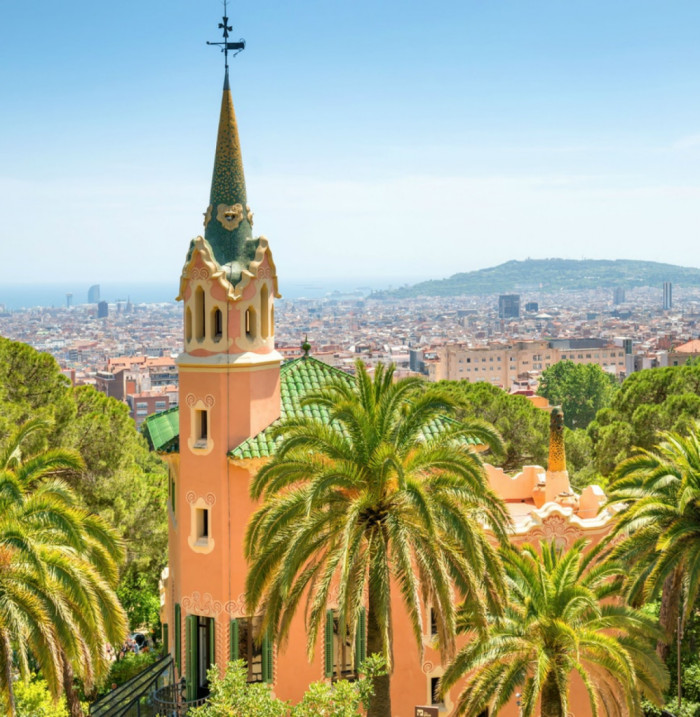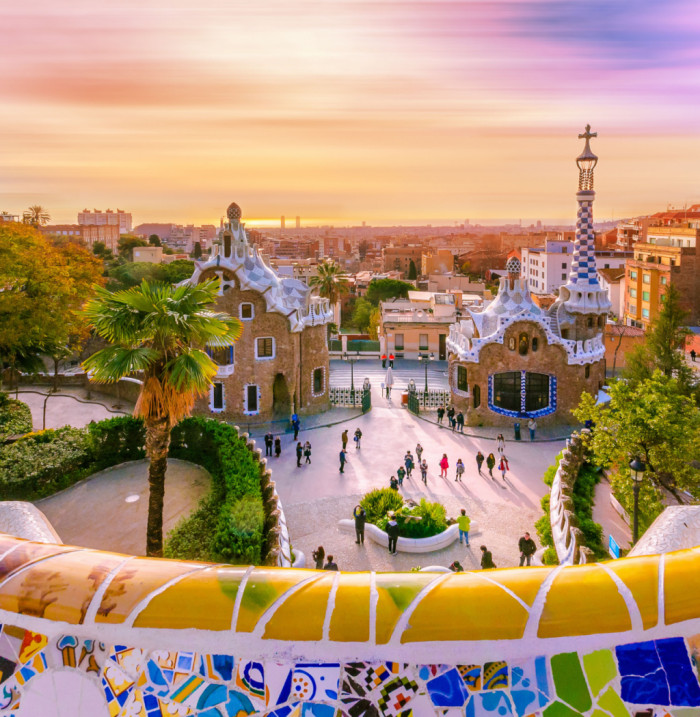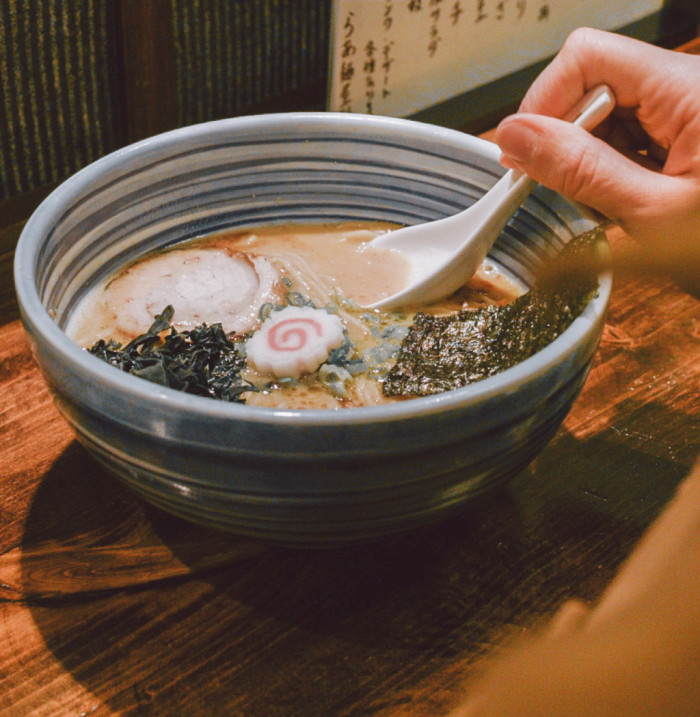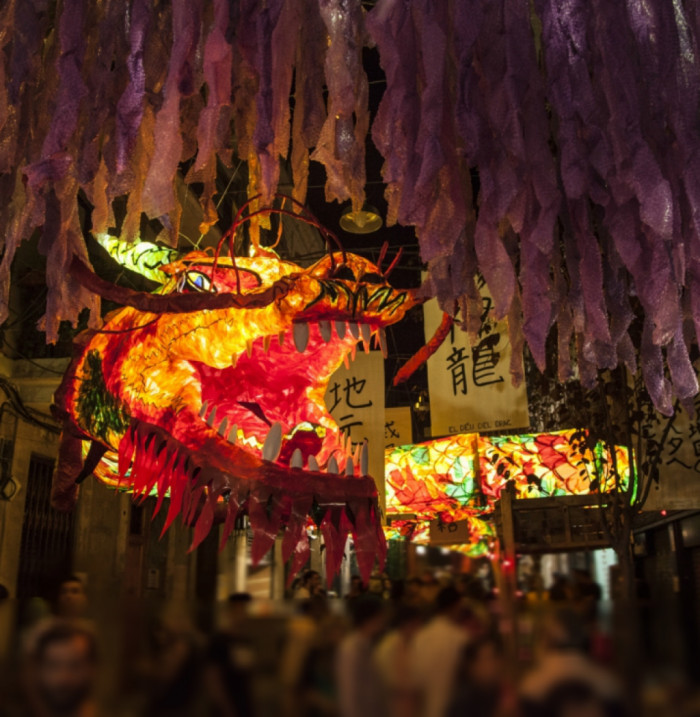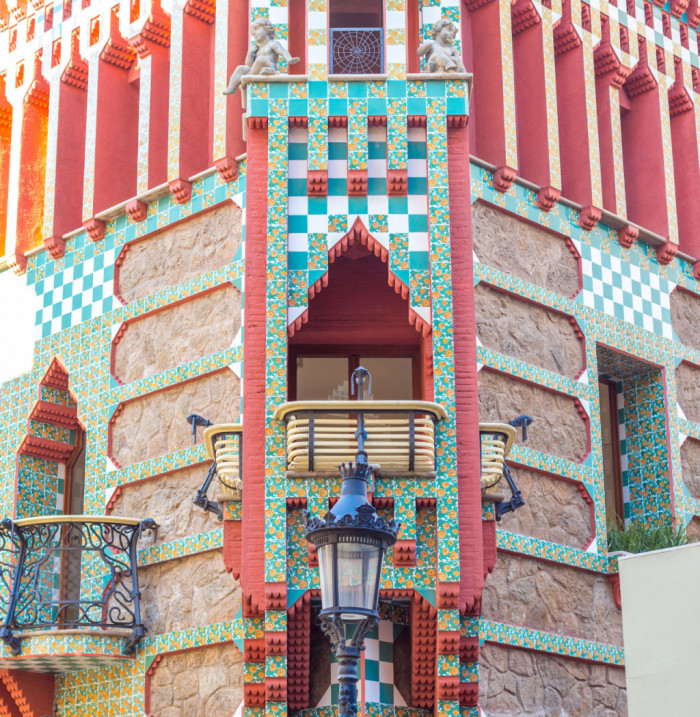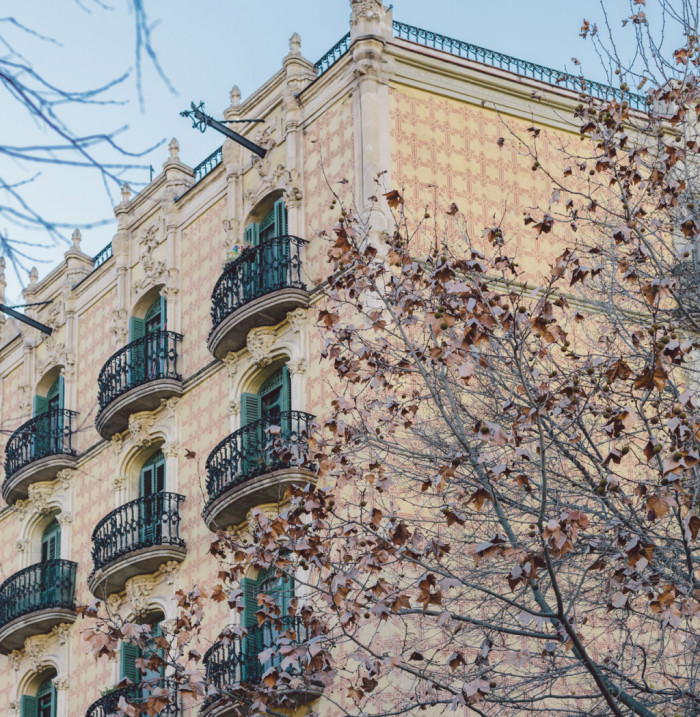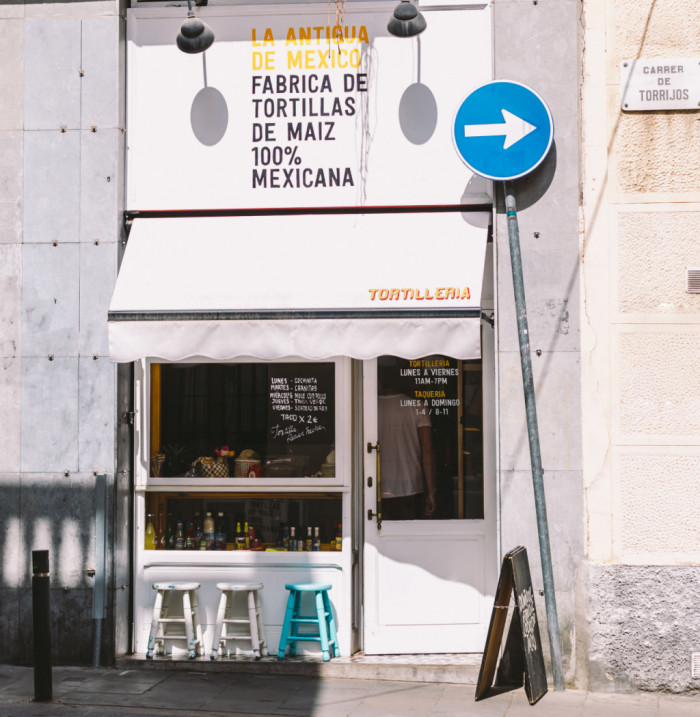- Architecture
Casa Rubinat was constructed between 1906 and 1909 by Francesc Berenguer, friend and disciple of Gaudí.
Metro: L3 (Green) - Fontana
L4 (Yellow) - Joanic
Gracia loves looking up. After all, that’s really the only way to fully take in architectonic gems like the Casa Rubinat, a historic Modernist mansion that’s survived into modern times. The building, a perfect example of the kinds of residences built all over Barcelona towards the end of the 19th century and into the first decades of the 20th, was commissioned by industrialist Joan Baptista Rubinat to architect and Gaudí disciple, Francesc Berenguer i Mestres. Interestingly, Berenguer did not officially hold a degree in architecture, a result of not having finished his studies, so the project had to be signed and authorized by another architect, Joan Rubió Bellver. Gaudí himself actually backed another work by Francesc Berenguer: the Gaudí House Museum that now sits at the entrance to Park Güell.
From this site, an easy stroll through the former independent village of Gracia is all it takes to discover different residential homes commissioned by pharmacists, industrialists, doctors, and business-owners who competed amongst themselves for the finest displays of wealth and ostentation, converting their custom-built houses into the chief visual symbol of their status and distinction. The real winner of this rivalry was nothing less than architecture itself, essentially becoming an art form fully financed by a class of wealthy citizens who spared no expense in investing in their future homes. All was justified if it helped to establish and maintain a position which was, to them, well deserved on the basis of their efforts, initiative, and investment. As a result, the names of prominent families like Vicens, Ramos, Calvet or Rubinat have been immortalized to the present day, living on through the structures that they commissioned, and standing as a firm and gorgeous demonstration of what Barcelona was like in days past.
The residence of Joan Baptista is located on the Carrer de l'Or, just beside the Plaça de la Virreina, comprising one of the most celebrated architectural complexes in the Gracia landscape. Structurally, it boasts a ground floor and five stories, as well as an accessible terrace bordered by a banister of wrought iron. The symmetry of the façade is easy to appreciate from the exterior, revealing four vertical axes and five horizontal ones created out of windows and balconies, lending the entire structure a harmonious and balanced quality. Another feature of note is the use of wrought iron on the terraces. And the classic structural elements commonly associated with Modernism are also well represented, like exposed brick, the quintessential trencadís look achieved in mosaic, and sgraffito with nature-inspired plant motifs, all coming together to grace the property with a uniqueness that’s truly hard to miss.

